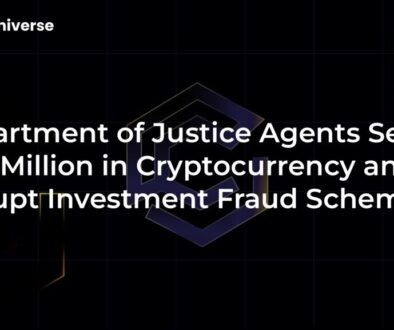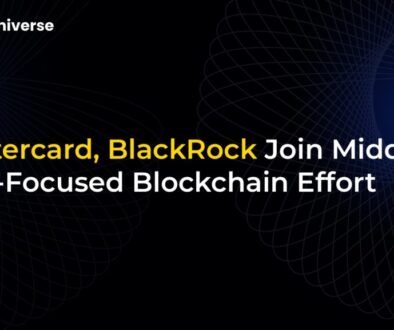Solo Miner Strikes Gold with $350K Bitcoin Jackpot

Solo Miner Strikes Gold with $350K Bitcoin Jackpot
Imagine hitting the lottery, but instead of a ticket, you’re running a computer program trying to solve a complex puzzle. That’s essentially what a recent solo Bitcoin miner accomplished, defying astronomical odds to claim a staggering $350,000 Bitcoin block reward. This extraordinary feat highlights the rare, high-stakes world of solo cryptocurrency mining, a stark contrast to the industrial-scale operations that dominate the landscape.
Solo vs. Pool Mining: Understanding the Game
To truly appreciate this solo miner’s achievement, it’s essential to understand the two main approaches to Bitcoin mining: solo mining and pool mining.
- Solo Mining: This involves an individual miner attempting to solve a Bitcoin block entirely on their own. If successful, they get to keep the entire block reward, which currently includes new Bitcoin (the block subsidy) and transaction fees. The allure is clear: massive potential payouts. However, the downside is equally stark: the chances of success are incredibly low, making payouts highly unpredictable. It’s often compared to winning a lottery – you could hit it big, but the odds are heavily stacked against you.
- Pool Mining: In contrast, most miners today opt to join a mining pool. Here, thousands of miners combine their computational power (hash rate) to increase their collective chance of solving a block. When the pool successfully mines a block, the reward is then distributed among all participating miners, proportional to their contribution to the pool’s total hash rate. While individual payouts are much smaller, they are far more consistent, helping miners cover operational costs like electricity and hardware maintenance.
The evolution of Bitcoin mining into a highly industrialized endeavor, dominated by large corporations with massive server farms, has made solo mining an increasingly challenging and rare path to profitability.
The $350K Bitcoin Jackpot: A Needle in a Haystack
The recent success story revolves around a solo Bitcoin miner, identified by their address bc1q~9sj3, who managed to mine block 903,883. This incredible feat netted them a reward worth approximately $349,028, or 3.173 BTC. What makes this win truly astounding is the miner’s incredibly modest setup. They operated with a hash rate of just 2.3 PH/s (petahashes per second).
To put this into perspective, the total Bitcoin network hash rate currently hovers around 881.11 EH/s (exahashes per second). The successful solo miner’s hash rate was a minuscule fraction of this global power, representing just 0.000847% of the hash rate of Foundry USA, the mining giant that secured the block immediately preceding this solo win.
The miner utilized Solo CK Pool, a non-profit service specifically designed to facilitate solo mining. Solo CK allows individual miners to direct their hash power towards finding a block independently, offering the chance at a full block reward. For their service, Solo CK charges a modest 2% fee upon a successful block find, making it an accessible option for those willing to roll the dice. This isn’t the first time Solo CK users have struck gold; since 2014, users of the service have collectively mined 5,222 BTC, predominantly from these rare, lottery-like wins, with the last successful block mined just four weeks prior to this event.
Defying the Odds: A Testament to Luck
The success of this solo miner is a powerful illustration of the role luck plays in the highly competitive world of Bitcoin mining. With their 2.3 PH/s hash rate, experts calculate that this miner had roughly a one in 375,300 chance per block of being the one to solve it. This is why seasoned industry experts, like Scott Norris, CEO of Optiminer, frequently liken solo mining to playing the lottery. The expectation for a miner with such a low hash rate would typically be to solve a block only once every eight years.
The sheer unlikelihood of this event underscores how industrial Bitcoin mining has become. Large-scale operations deploy vast arrays of specialized hardware (ASICs) to achieve exahash-level power, making the solo miner’s 2.3 PH/s seem like a tiny drop in a colossal ocean.
For those who are drawn to the idea of a large payout but want to mitigate the extreme unpredictability of pure solo mining, hybrid solutions like “solo mining pools” are emerging. These aim to blend the potential for a full block reward with the more consistent payout structure of traditional mining pools, offering a middle ground for miners seeking a balance between risk and reward.
Conclusion
This recent $350,000 Bitcoin jackpot serves as a captivating reminder that while Bitcoin mining has largely transitioned into a professional, industrial-scale venture, the dream of a solo miner striking gold is still alive, albeit incredibly rare. It’s a testament to the decentralized nature of Bitcoin and the power of persistence – or perhaps, just incredible luck – in the digital gold rush.


